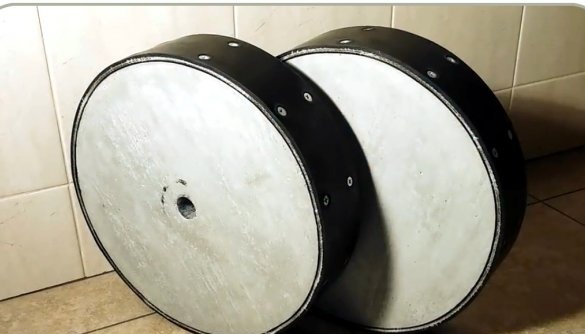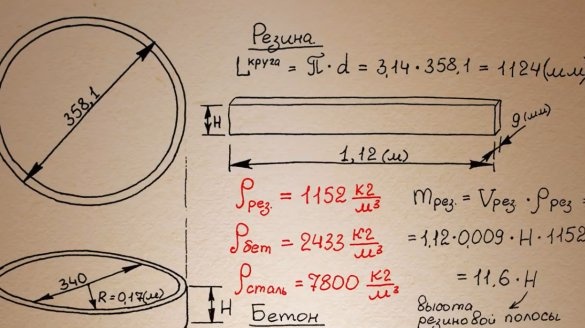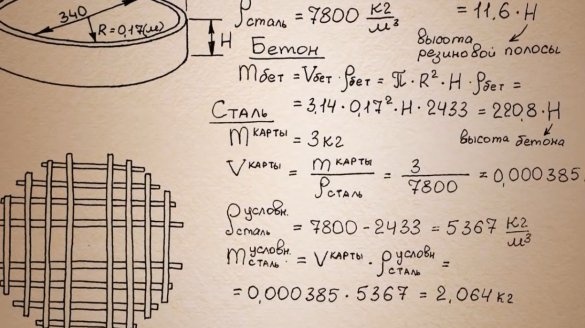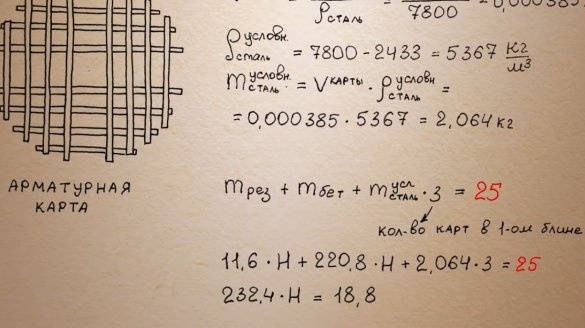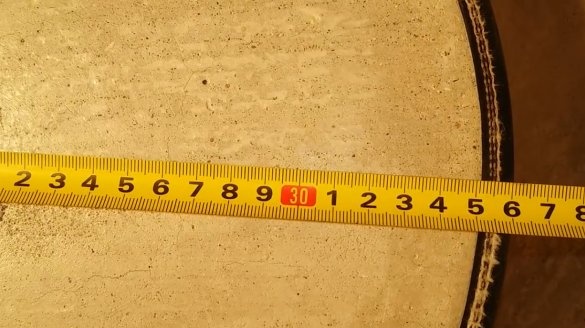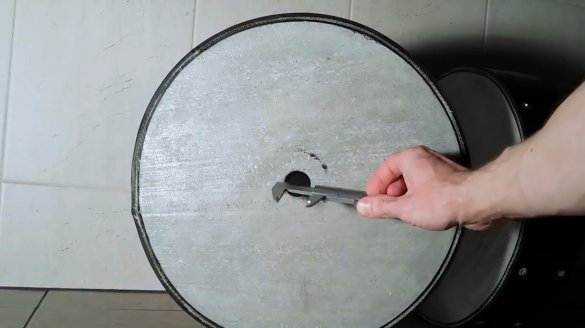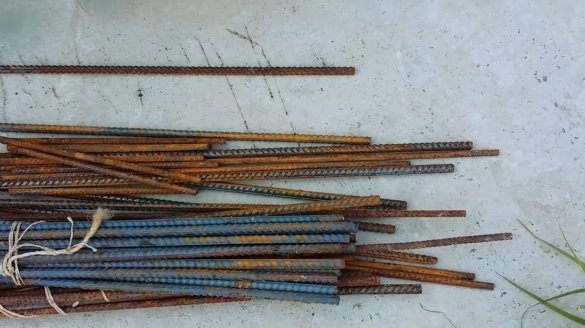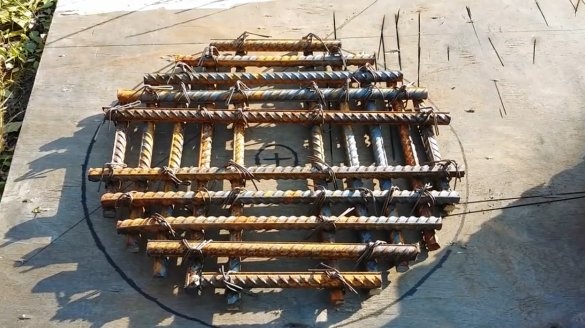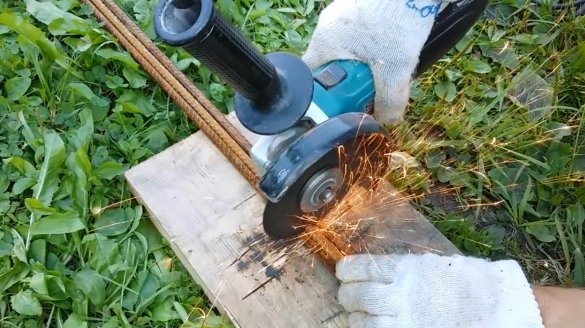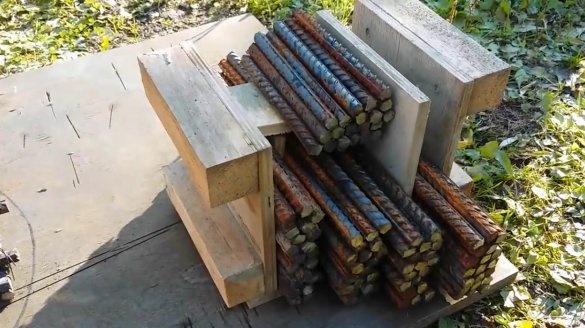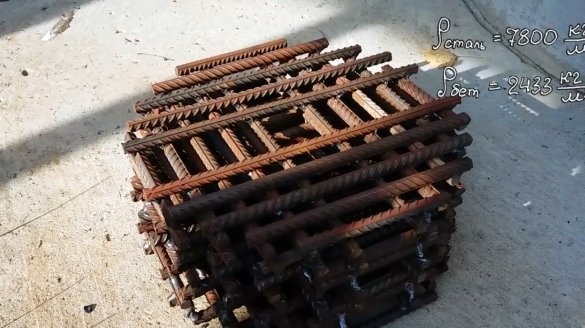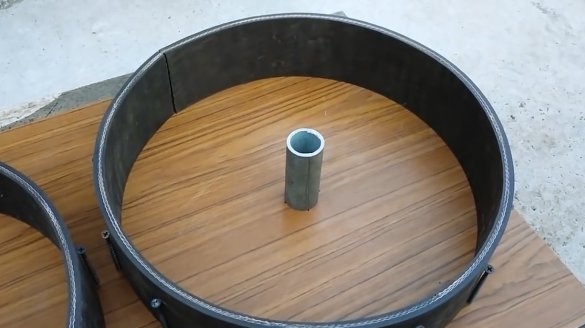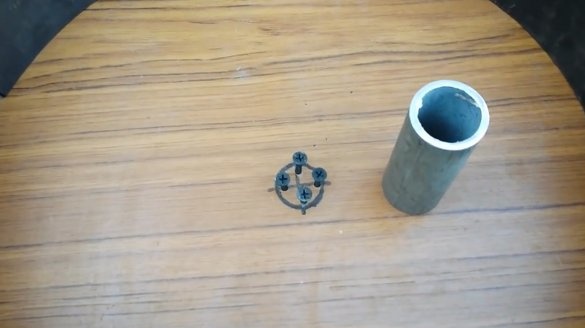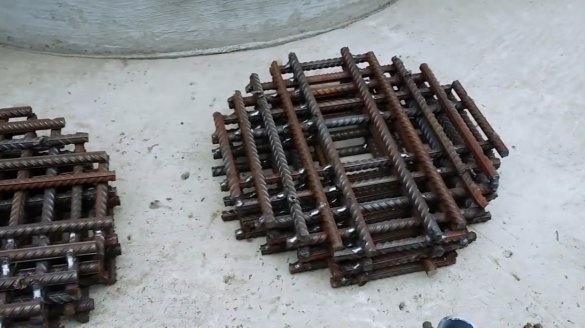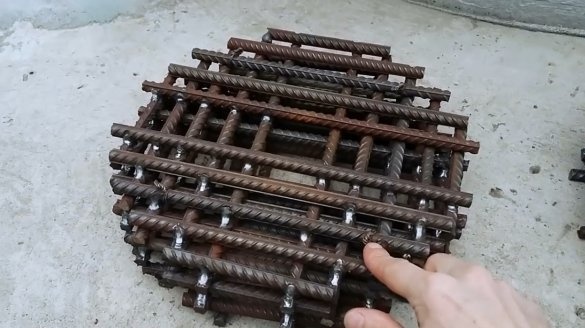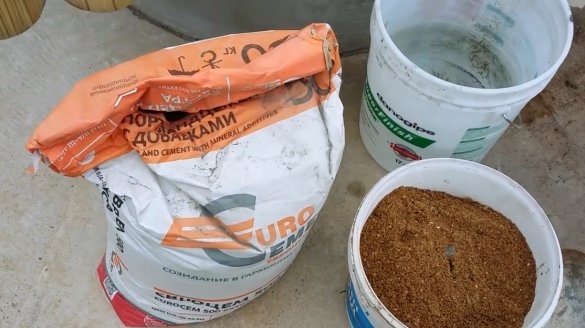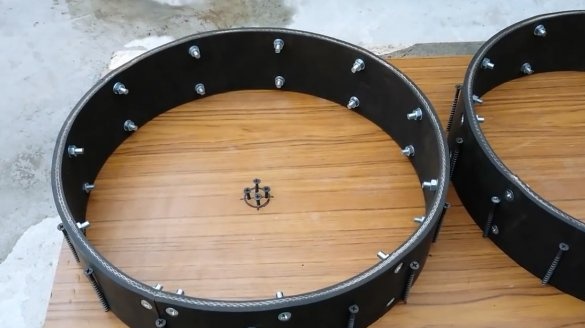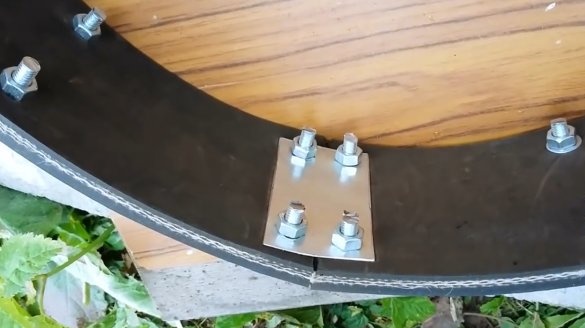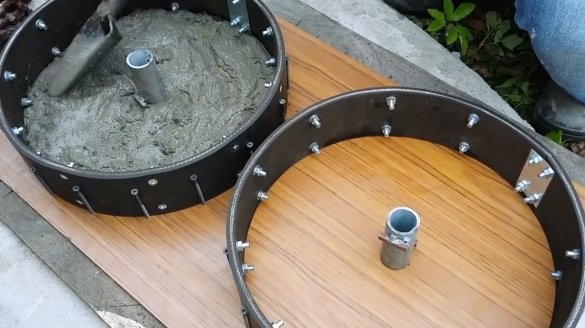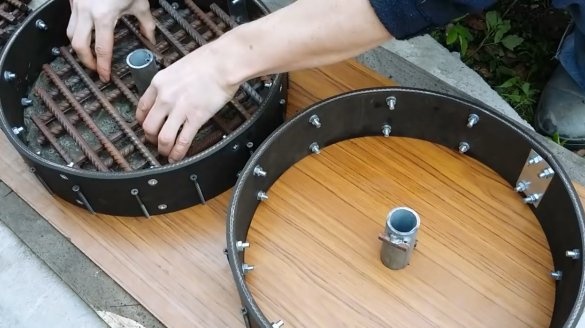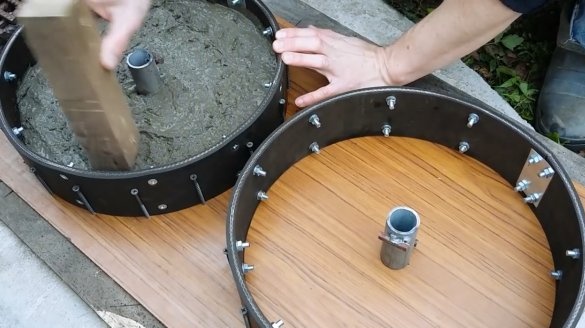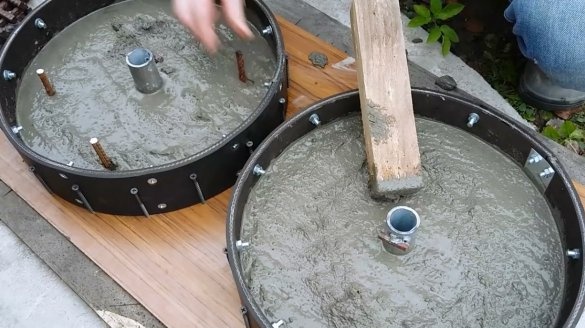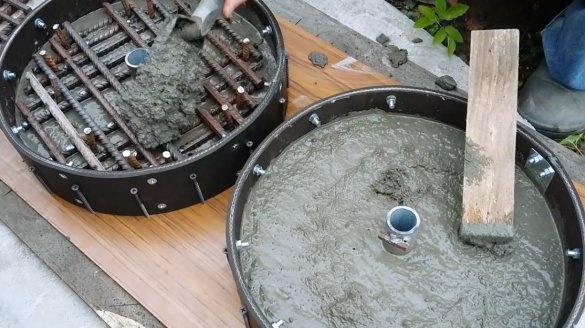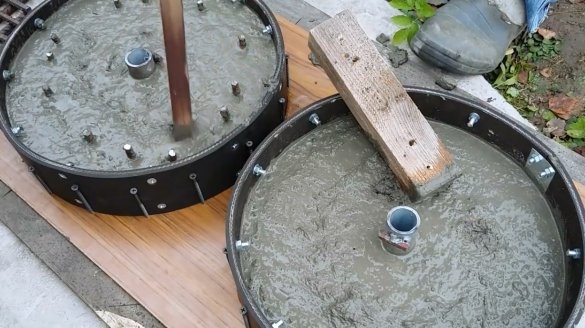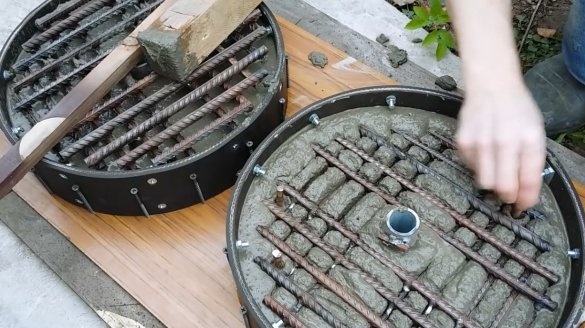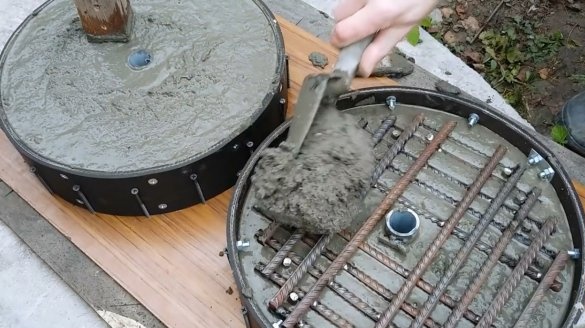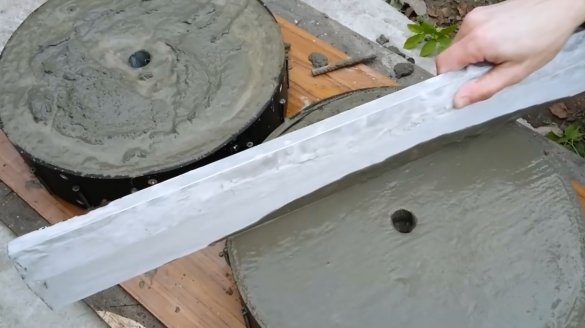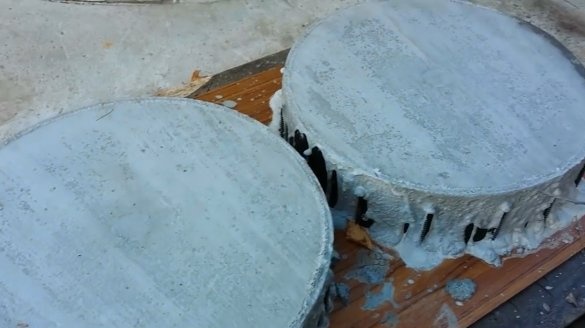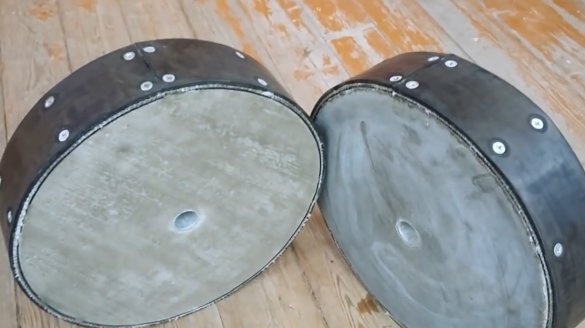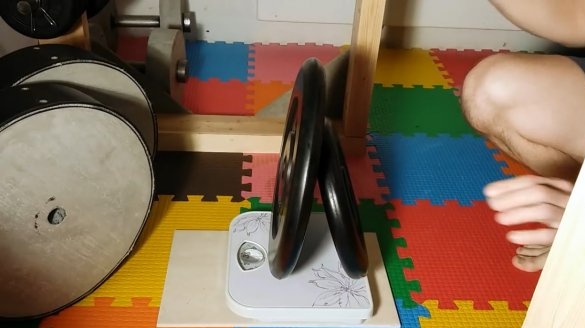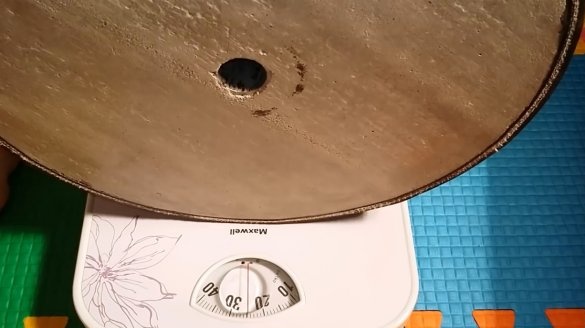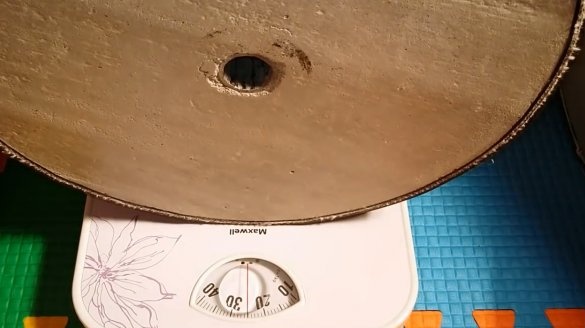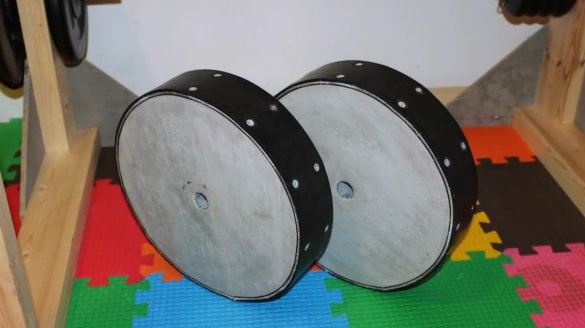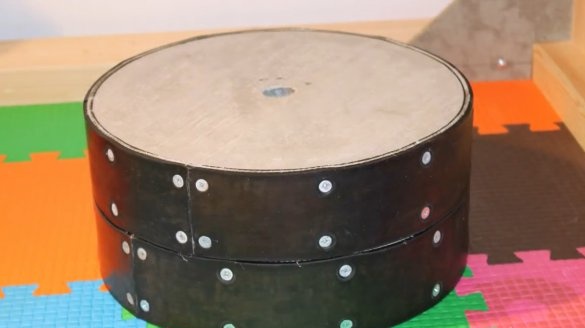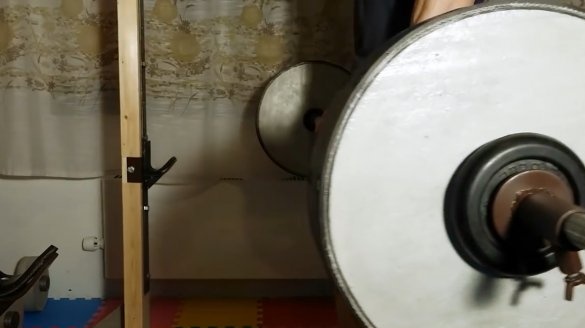Many of you are involved in weightlifting, but sometimes sports equipment is not enough.
In this article, the author of the YouTube channel "Sergey Mazurin" will tell you how he made pancakes weighing 25 kg for the bar.
Materials
- Armature
- Cement M500
- Washed river sand
- Thick rubber
- Bolts, nuts M6
- Steel plate 2 mm thick
- Sandpaper
- steel tube
- Primer for concrete
- Wood screws
- Plywood sheet, decorative plastic.
Instruments, used by the author.
-
-
- Welding machine
- Wrench, pliers, screwdriver, tape measure, vernier caliper, knife
- Rule, trowel.
Manufacturing process.
So, the main materials from which the pancake is made are concrete, reinforcement, and rubber. Their weight is 25 kg. To get a relatively accurate weight the first time the author made a few calculations, and shares them with you.
The diameter of the finished pancake is 360 mm, and the thickness is 80 mm. The neck holes are 27 mm, which with a neck tip diameter of 25 mm is almost perfect. The rim of the disk is made of rubber, it is designed to protect the disk from chips, and to absorb shock when the disk falls to the floor.
Next, the master picked up a suitable reinforcement, drew a template, and cut the workpieces that were suitable for the length. Then he tied them into a rebar.
Guided by the reinforcement map, the master cuts the blanks for five more such gratings.
After that, I just cooked all 6 gratings. The author used this amount of reinforcement for the reason to make pancakes more compact, and not for particularly durable reinforcement. The density of steel is almost 3 times higher than that of concrete.
The next step, Sergei begins to manufacture the formwork. For this, rubber will be used, which will remain on the pancakes themselves. He laid a plywood sheet as the base, and decorative plastic on it. It is very thin, and smooth. As a result, it will be quite simple to separate the finished product, and the reverse side will be smooth. To fix the rubber, he screwed wood screws into the substrate, strictly observing the circumference.
To install the sleeve from a steel pipe, I also screwed the screws in the center of the circle.
So, all the details are prepared, in addition, jumpers are cut.
He screwed four knots of wire into the corners of the bottom grille. It will not allow the first layer of reinforcement to fall to the bottom, and spoil the surface.
Sergey welded two pieces of reinforcement to the bushings themselves, it will rigidly fix the sleeve in the pancake body.
He will make a concrete mix from washed large river sand, even small pebbles are present in it. And cement uses brands M500.
The next stage of preparation before pouring. Along the perimeter of the rubber formwork, he screwed two rows of bolts in increments of about 10 cm. Too long bolts were slightly shortened by the grinder so that they would not interfere with the installation of the grilles. And the joint was strengthened with a steel plate.
That's all ready to fill. Fills the mold by about a quarter, rams it with a wooden block, and lays the grid with knots of wire down.
Fills the second layer, again carefully tamps - air bubbles in the structure are completely unnecessary. After pouring, it inserts jumpers, resting them in the lower grate. Of course, they could be welded to the lower grill, but the author decided to do so.
Now you can install a second lattice, and fill the penultimate layer.
Fills and tamps the last layer.
For finishing runs over the entire surface of the rule.
The author left the discs to freeze for a whole week. And when he returned to the cottage, he regretted that he had not protected the rubber surface with a masking tape. Now you have to unscrew all the screws from the substrate, remove the pancakes, and clean the rubber from concrete.
It was easy enough to remove traces of concrete. Rubber bends well, and when you hit it with a hammer - concrete just crumbles and flies off. Then I cleaned the rubber with emery paper and covered the concrete surface with a primer. On the left in the photo is the upper surface, and on the lower right, it turned out to be so smooth and so easily separated from the shape that the author was even surprised.
For the reason that the author did not trust his floor scales very much, he installed two pancakes on each of 10 and 15 kg, and calibrated the scales. Then he weighed the finished discs. The deviation from the estimated weight was about 100 grams.
These are the disks obtained from the master. The surface practically does not crumble, but for greater strength I would recommend adding liquid glass to the cement mortar and covering it with the exposed surface of concrete.
Thanks to Sergey for an interesting idea for the manufacture of sports equipment!
All good mood, good luck, and interesting ideas!

